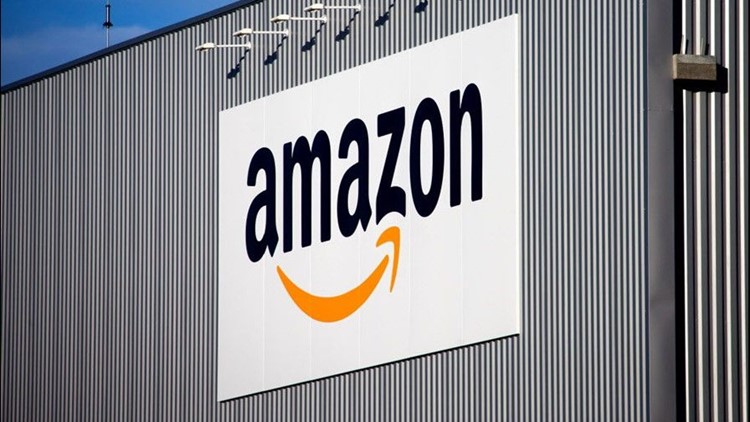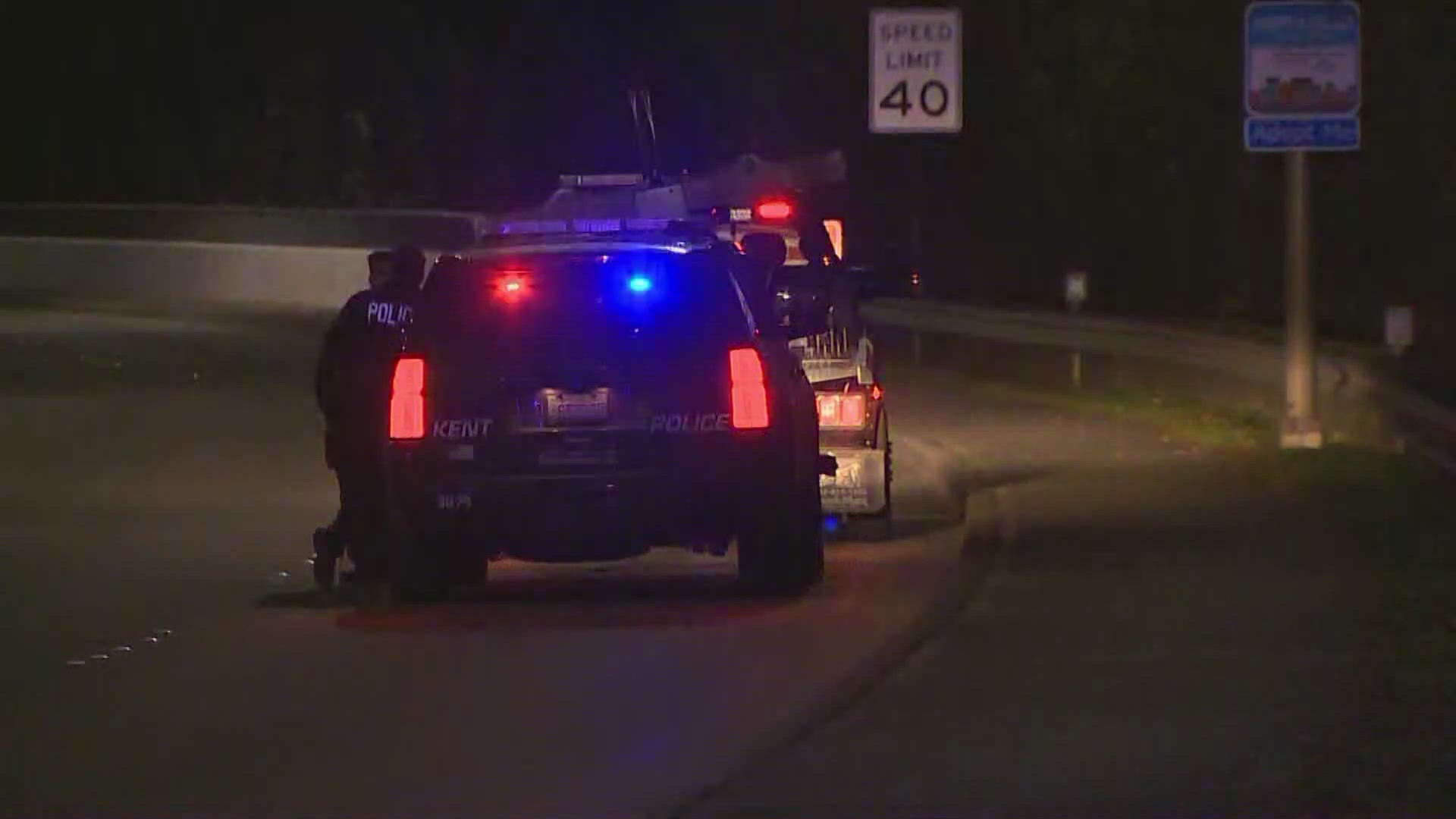Amazon named 20 finalists in the race to win its second headquarters Thursday, narrowing the pool of cities and states competing to secure an expected 50,000 jobs and $5 billion in investment.
They are are:
Atlanta, GA
Austin, TX
Boston, MA
Chicago, IL
Columbus, OH
Dallas, TX
Denver, CO
Indianapolis, IN
Los Angeles, CA
Miami, FL
Montgomery County, MD
Nashville, TN
Newark, NJ
New York City, NY
Northern Virginia, VA
Philadelphia, PA
Pittsburgh, PA
Raleigh, NC
Toronto, ON
Washington D.C.
In general, the list clearly show’s Amazon’s interest in moving outside its current geographic comfort zone in the western U.S. Despite bids from Vancouver, British Columbia, in Canada, Portland, Ore., and San Francisco, the closest city that made the short list was Los Angeles, more than 1,000 miles to the south.
Amazon’s picks lean heavily east and south. Salt Lake City didn’t make the cut, despite Utah’s growing tech populations. Denver is the furthest west of the cities on the list, though Texas got Austin and Dallas.
In the midwest, Chicago, Columbus, Ohio, Indianapolis and Pittsburgh were the only cities to grab a spot.
Not unsurprisingly given its tech-heavy and university-dotted cities, the northeast gets a lot of love – finalists include Boston, New York, Newark, Philadelphia and, in a geographic stretch, Toronto.
The south did best, if you consider Washington, D.C., and environs part of it. On the list are Atlanta, Miami, Montgomery County, Md., Nashville, Northern Virginia and Raleigh, N.C.
An interesting geographical anomaly is the D.C. area. Montgomery County, Md., Northern Virginia and Washington D.C. all made it to the second round. That means 15% of the possibilities are in or next to the federal government — presumably important because of Amazon's increasing visibility in the national economy and need to keep Washington on its side.
Amazon announced its search for a second, but equal, headquarters in September. Its requirements, laid out in a request for proposals, included that the winner be a metropolitan area with more than 1 million people, have a "stable and business-friendly environment," and be in "urban or suburban locations with the potential to attract and retain strong technical talent." At least 238 cities and regions in the United States and Canada applied.
"Thank you to all 238 communities that submitted proposals. Getting from 238 to 20 was very tough — all the proposals showed tremendous enthusiasm and creativity," said Holly Sullivan, Amazon Public Policy.
Amazon will now work with each of the candidate locations to dive deeper into their proposals, request additional information, and evaluate the feasibility of a future partnership, the company said. It expects to make a final decision in 2018.
The request set off a land rush that saw cities offering to rename themselves (Stonecrest, Ga.), ship a cactus (Tucson) and build giant Amazon boxes throughout downtown (Birmingham, Ala.). The deadline to submit an application was Oct. 19.
The prize is to become what Amazon says will be a "true second headquarters," where it will hire new teams and executives, creating fresh geographic demand for well-compensated tech talent.
Many cities are eager to win this purse, despite some in Amazon's original home of Seattle who caution that with those jobs comes gridlock, crazy-high real estate prices and the potential erasure of the charms and idiosyncrasies that made the city desirable in the first place.
Amazon estimated that its investments in its hometown of Seattle from 2010 through 2016 resulted in an additional $38 billion to the city’s economy. The online retailer run by Jeff Bezos has been rapidly expanding its physical footprint and employee count in the U.S. as it seeks to shorten the time for delivery for its tens of millions of Prime subscription members, plus builds out computing services such as music, web hosting and its digital assistant Alexa.



